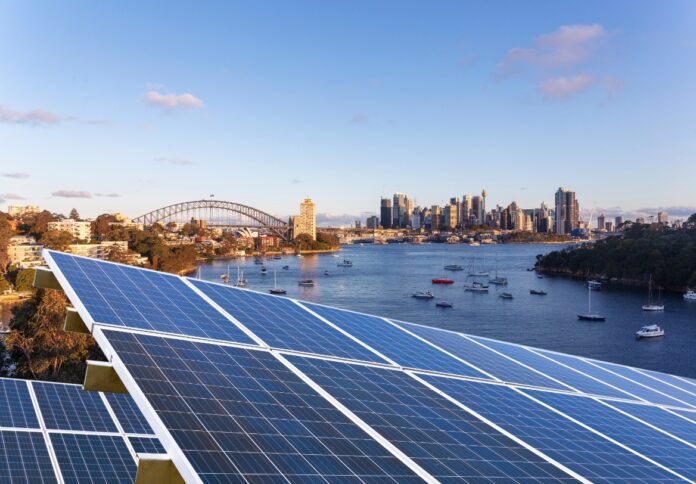
Community batteries are increasingly vital for Australia’s renewable energy transition, with a likelihood of more installations as the country accelerates its shift, according to Steve Bell, managing director of Clean Tech Controls.
Australia, renowned for its solar energy penetration, boasts over 3.69 million PV installations, with a combined capacity exceeding 34.2 gigawatts, according to the Australian PV Institute.
Nearly one in three Australian households now harness solar power, underlining the nation’s commitment to green energy.
“Community batteries provide benefits for the energy user, the grid operator, and the energy retailer,” noted Bell.
He added, “Investing in renewable energy helps drive down local energy prices, supports local industry, and fosters a world-class export market for green power.”
According to Clean Tech Controls, an Australian manufacturer of switchboards and associated technology, community batteries, typically installed in residential areas, enable individuals to sell excess solar energy back to the grid, thus optimising solar power consumption.
“For people with rooftop solar, they can save power generated during the day in the battery, and access it again at night, instead of drawing on grid power,” explained Bell.
The advantages extend beyond individual users. “Community batteries help stabilise the grid by absorbing residential solar during the day and discharging it at night when energy demand peaks,” said Bell.
Additionally, energy retailers can leverage these batteries to participate in energy markets, trading power efficiently and stabilising grid frequency through FCAS.
The company stated that challenges persist in ownership and control structures. “Ownership and control are complicated,” said Bell, elaborating on the restrictions faced by grid operators in certain regions.
He concluded, “However it’s structured, community batteries can benefit Australia and help our transition to more renewable energy, with benefits to users, grid operators, and energy retailers.”




















